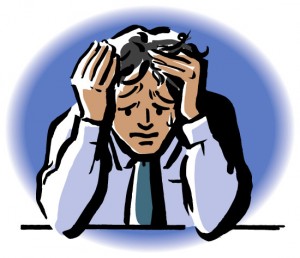
チャットレディになるために、何かの特技や資格が必要と言うことはありません。
札幌に住んでいても、安全に札幌チャットレディとして登録され、お仕事を始めることが出来るのが利点と言えるでしょう。
ただし、チャットレディは18歳以上の女性のみ。
大体のサイトは上限はありませんが、やはり男性は若い女性とお話したい、出会いたいと思うので若い子のほうが人気があるのは確かですが、熟女専門のチャットレディサイトなどもあります。
唯一の条件である年齢確認は運転免許証、健康保険証、住基カードなどをサイトに提示しなければいけません。
サイトによっては名前や顔写真、生年月日だけでいいところもありますが、身分証明書全部を送らなければいけない場合もあります。
身分証明書によっては本籍地や現在の住所などが記されているものもあるので、札幌に住んでいることを知られたくないという場合は、その部分は伏せて提出できるか確認が必要です。
後は札幌に住みながら全国の男性とチャットレディとして知り合い、報酬Getに勤しむのみです。
